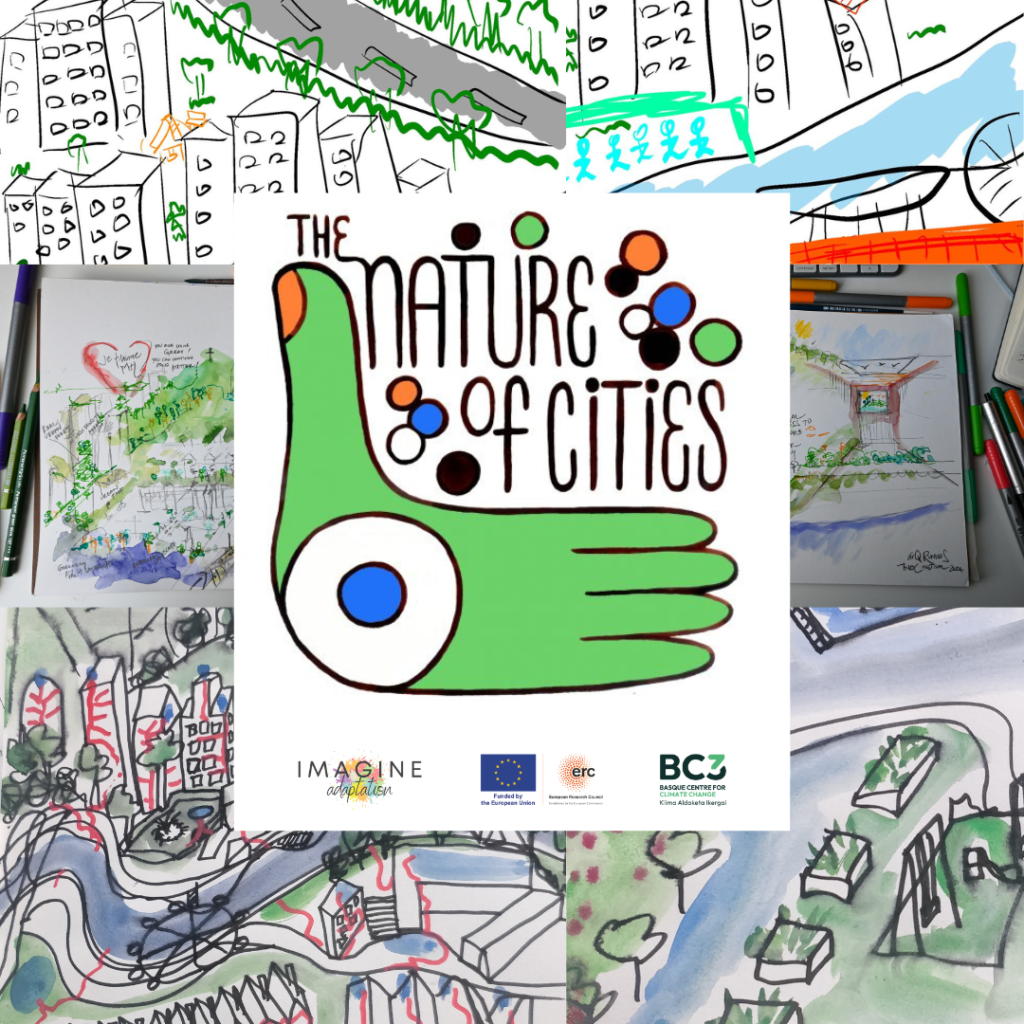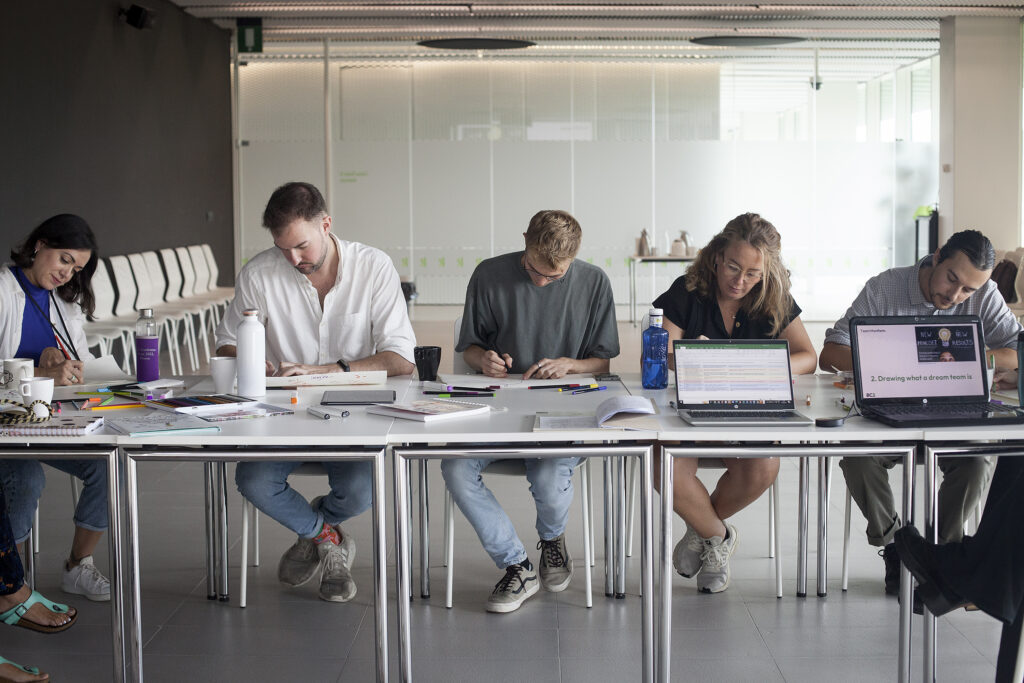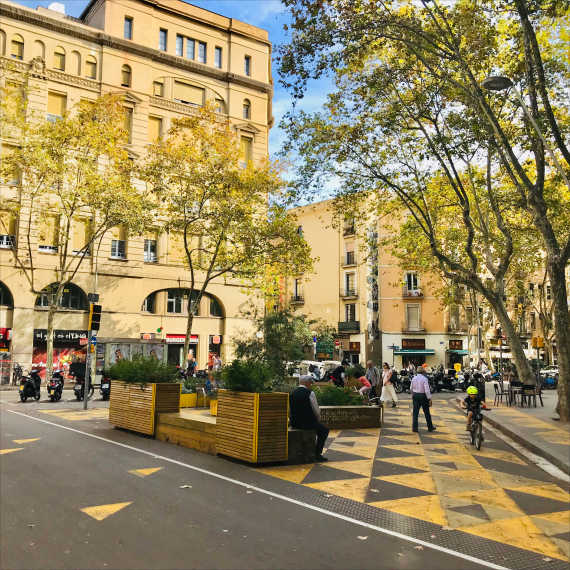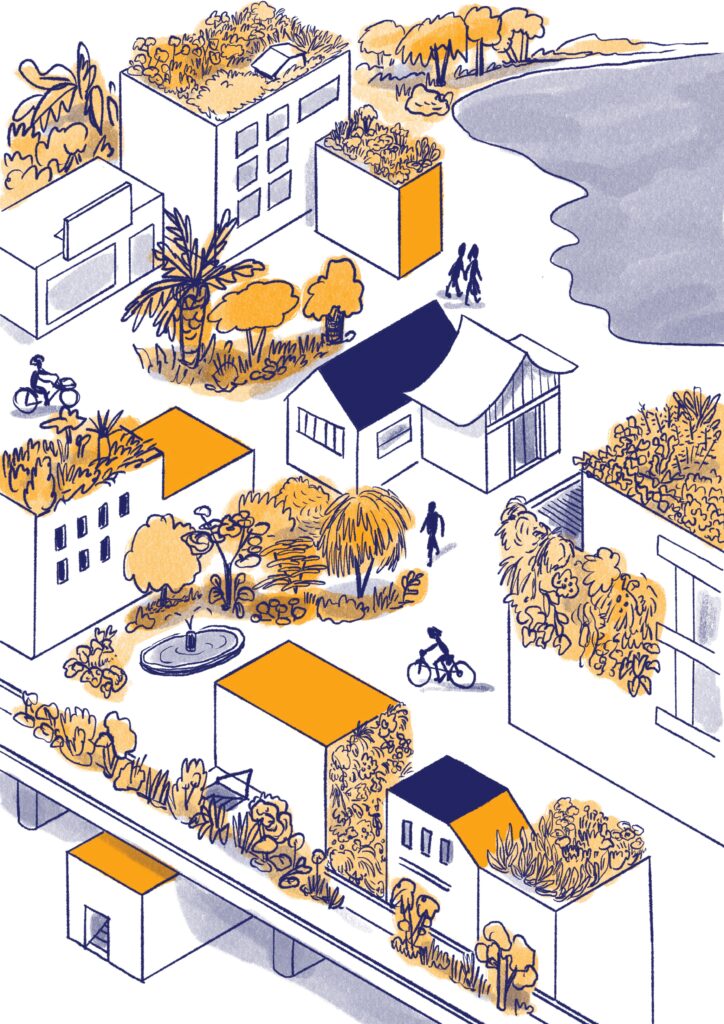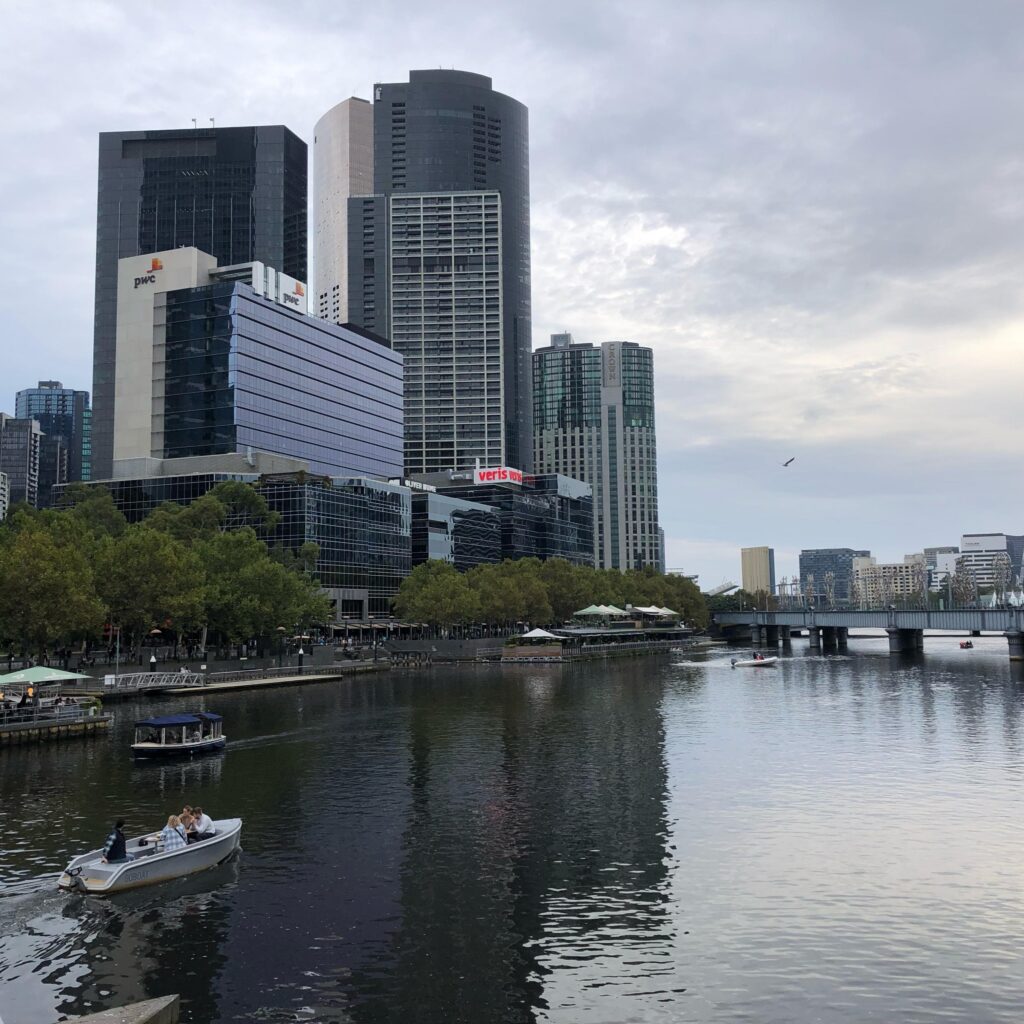Vanesa Castan-Broto, Marta Olazabal and Gina Ziervogel have guest edited a quite special special issue in the fantastic journal Buildings and Cities. The special issue aims to enlarge the range of adaptation narratives grounded in experiences from cities worldwide.
With an impressive editorial team and editorial board, Buildings and Cities is an international, open-access, peer-reviewed, academic journal publishing high-quality research and analysis on the interplay between the different scales of the built environment. B&C is also interdisciplinary and independent.
The Special Issue that Vanesa, Marta and Gina have brought together gathers scientific articles about how imaginaries of adaptation in urban areas can be disrupted.
Current adaptation action is not sufficient to respond to an urgent global crisis. Millions of people are already suffering the impacts of climate change on their lives and livelihoods, and inadequate responses seem to do little to avoid a large-scale societal collapse. This challenge is particularly acute in urban areas, where the concentration of population and infrastructure exacerbates vulnerabilities to climate change impacts.
Urban adaptation relates to how people imagine plausible and desirable urban futures. Adaptation imaginaries refer to collective representations of how society should act and towards which goal in the context of unprecedented climate change impacts. However, existing narratives of adaptation action tend to entrench actions that may not be beneficial in the long term and may lead to maladaptation and inequities. This is the case, for example, of flood protection barriers that displace natural barriers, such as mangroves, or water distribution networks that supply water by depleting reserves elsewhere.
New adaptation imaginaries will facilitate just adaptation and enable radical changes in the relationship between humans and their environment. One step to do so is to disrupt dominant understandings of adaptation. The purpose of this special issue is to demonstrate the multiple ways in which such disruption can happen. While the papers in the special issue are varied, we find three areas where disruption can happen: in international political narratives, the relationship between climate change and urbanisation, and the implementation of action on the ground when action encounters the realities of infrastructure and service delivery.
Buildings & Cities Collection

Urban adaptation: disrupting imaginaries and practices
This special issue aims to enlarge the range of adaptation narratives grounded in experiences from cities worldwide, seeks a more pluralistic, inclusive approach to urban adaptation, and explores ways to identify and disrupt ill-suited approaches.
Guest editor:
Vanesa Castán Broto (University of Sheffield)
Marta Olazabal (Basque Centre for Climate Change)
Gina Ziervogel (University of Cape Town)
Collection Articles:
- Disrupting the imaginaries of urban action to deliver just adaptation, by Vanesa Castán Broto, Marta Olazabal, Gina Ziervogel https://journal-buildingscities.org/articles/10.5334/bc.456
- Disrupt and unlock? The role of actors in urban adaptation path-breaking, by Julia Teebken https://journal-buildingscities.org/articles/10.5334/bc.383
- Equity and justice in urban coastal adaptation planning: new evaluation framework, by Tira Okamoto, Andréanne Doyon https://journal-buildingscities.org/articles/10.5334/bc.377
- Normative future visioning: a critical pedagogy for transformative adaptation, by Thaisa Comelli, Mark Pelling, Max Hope, Jonathan Ensor, Maria Evangelina Filippi, Emin Yahya Menteşe, John McCloskey https://journal-buildingscities.org/articles/10.5334/bc.385
- Suburban climate adaptation governance: assumptions and imaginaries affecting peripheral municipalities, by Lucia Cerrada Morato https://journal-buildingscities.org/articles/10.5334/bc.381
- Urban shrinkage as a catalyst for transformative adaptation, by Leslie Mabon, Manami Sato, Naoko Mabon https://journal-buildingscities.org/articles/10.5334/bc.395
- Maintaining a city against nature: climate adaptation in Beira, by Jon Schubert https://journal-buildingscities.org/articles/10.5334/bc.378
- Nature for resilience reconfigured: global-to-local translation of frames in Africa, by Katharina Rochell, Harriet Bulkeley, Hens Runhaar https://journal-buildingscities.org/articles/10.5334/bc.379
- How hegemonic discourses of sustainability influence urban climate action, by Vanesa Castán Broto, Linda Westman, Ping Huang https://journal-buildingscities.org/articles/10.5334/bc.390




